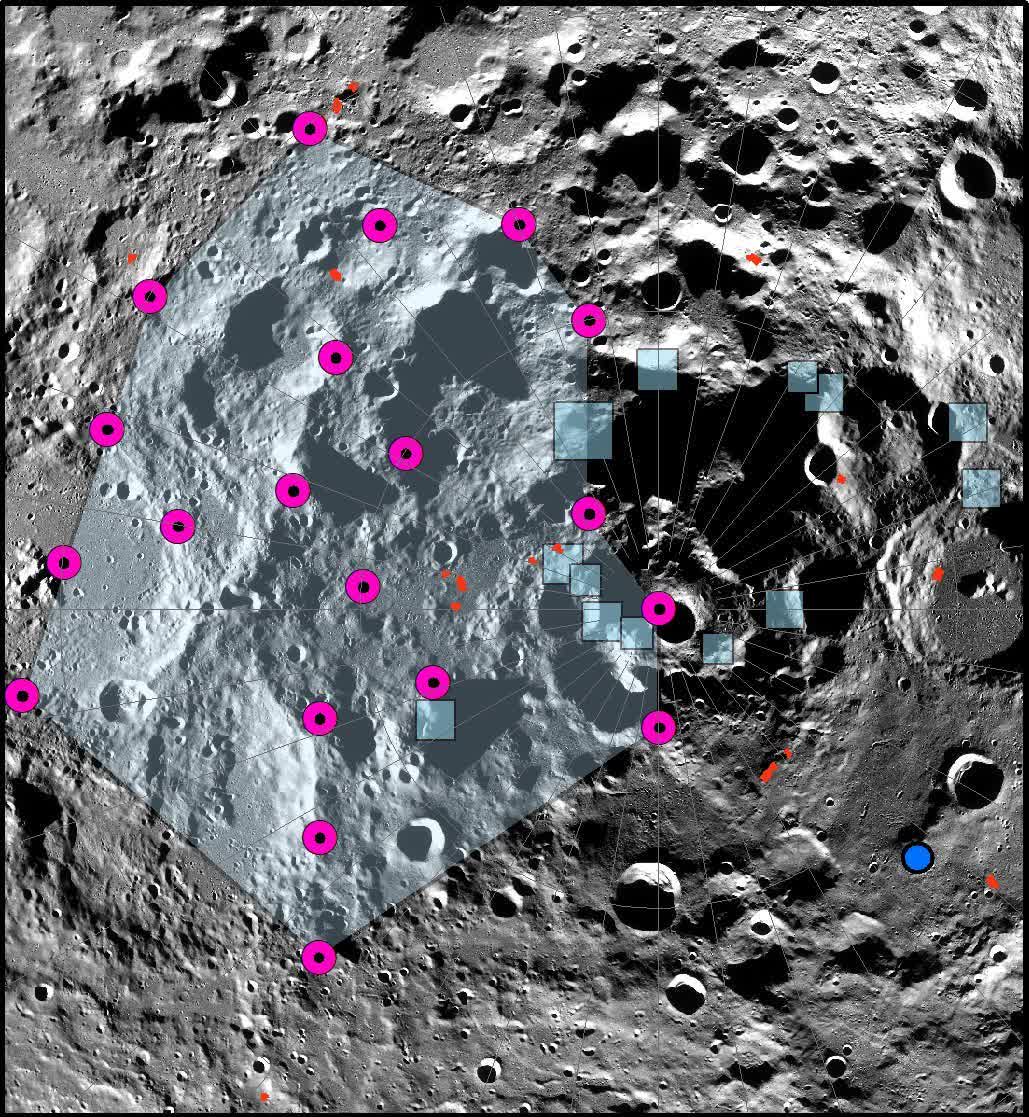In context: NASA’s plans to put humans on the moon for the first time in over five decades recently suffered significant delays to ensure the safety of the astronauts. Unfortunately, a recent study highlights a new hazard potentially facing the mission depending on where NASA chooses to land – moonquakes.
A NASA-funded study warns that one of the landing zones the agency is considering for a crewed lunar mission could suffer from quakes and landslides. It’s still unclear how the revelations will affect NASA’s plans.
The paper, published in the Planetary Science Journal on Thursday, suggests that quakes occur at numerous sites across the entire lunar surface, including one of NASA’s candidates for the Artemis 3 mission – a region near the south pole. The quakes are likely shallow, occurring close to the surface, and could cause light-to-strong shaking depending on the distance from the epicenter.
Furthermore, even light shaking could cause landslides on slopes, including some in areas that NASA is interested in. The agency believes that these regions could be hiding valuable resources like ice.

Evidence for the seismic activity comes from seismometers the Apollo astronauts deployed decades ago and from ridges spotted by lunar orbiters that indicate thrust faults. One likely cause is that the moon is shrinking due to the cooling of its still-hot interior. Tidal forces from the Earth’s gravity are another significant factor. NASA plans to send additional seismometers to the moon using the Farside Seismic Suite, part of the Draper Lunar Lander mission, scheduled to reach the far side of the surface in 2025.
Meanwhile, NASA will carry out its Artemis missions in three stages, culminating in the first crewed mission to the moon since the Apollo missions ended in the 1970s. The agency completed the first phase – an unmanned flyby – in 2022. Artemis 2 would have brought a crew into lunar orbit this year, but NASA delayed it until late 2025. Artemis 3 won’t land until September 2026 under the new schedule.
Multiple countries have recently found landing on the moon surprisingly challenging. This week, Japan became only the fifth country to successfully land a craft on the surface – its SLIM spacecraft. However, the mission was only partially successful, as it landed upside down and couldn’t deploy the solar panels critical for generating power. Still, the Japan Aerospace Exploration Agency hopes to continue operating SLIM once sunlight reaches its landing zone.

